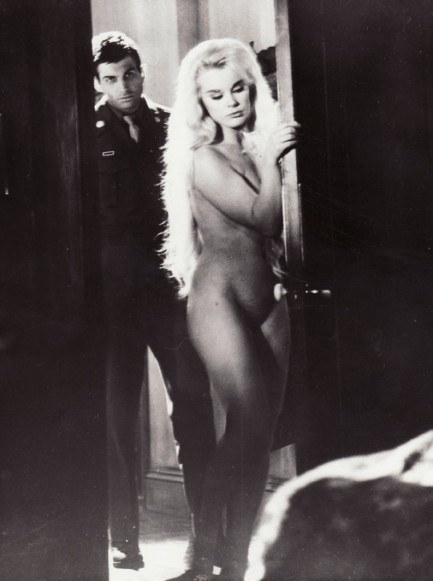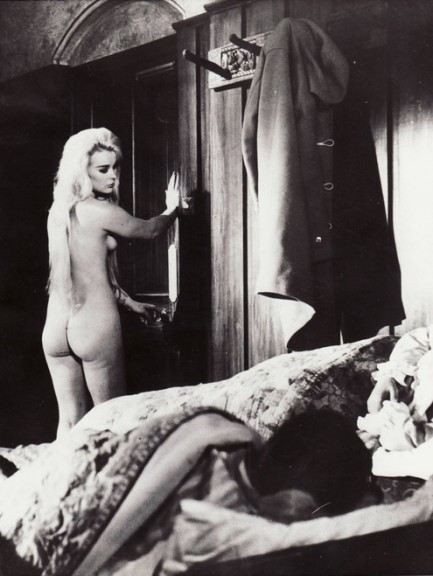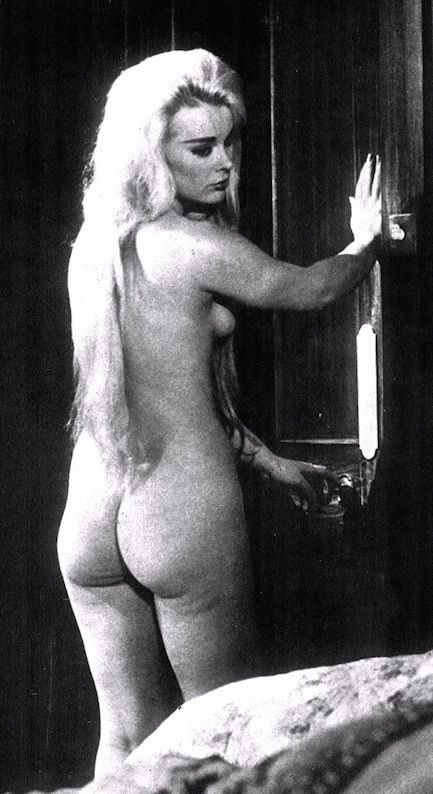| Sportswire | Apr 2 2016 |

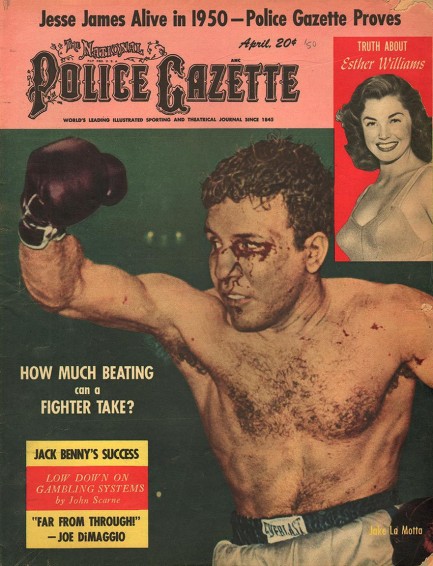
How much beating can a fighter take? National Police Gazette asks that burning question on the front of this issue that hit newsstands this month in 1950. The cover star is Jake LaMotta, the Bronx Bull, who was famous for being able to take a punch—or fifty—and his unseen opponent is French fighter Robert Villemain. The photo was made during their December 1949 bout, a match LaMotta lost by unanimous decision. But his reputation as someone who could take a punch grew even when he lost, and eventually reached legendary proportions. His most serious beating occurred in February 1951 during a bout with Sugar Ray Robinson that was dubbed the Saint Valentine's Day Massacre. By the end the fight had become an epic of human destruction, and almost certainly caused permanent damage to La Motta. But in ninety-five professional matches to that point he had never been knocked to the canvas and he didn't fall that night either, even during a vicious final-round barrage that had LaMotta staggering around the ring. So the answer to Gazette's question—How much beating can a fighter take?—is simple. If you're LaMotta, you can take plenty.

| Hollywoodland | Jul 16 2015 |

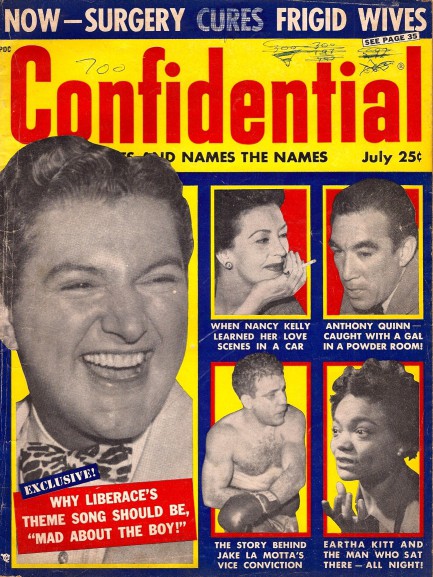
It was in this July 1957 issue of Confidential that journalist “Horton Streete’ infamously outed cover star Liberace in the most vicious and dehumanizing way with an article entitled “Why Liberace’s Theme Song Should Be ‘Mad About the Boy’.” We’ve talked about it before. Streete willfully attempted to damage the singer’s career by spinning a shocking tale of how he attacked a young, male press agent. The article refers to Liberace as Fatso, Pudgy, Dimples, and other, less flattering monikers.
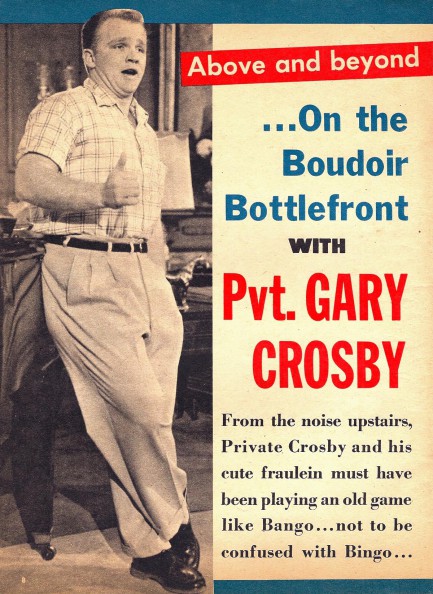
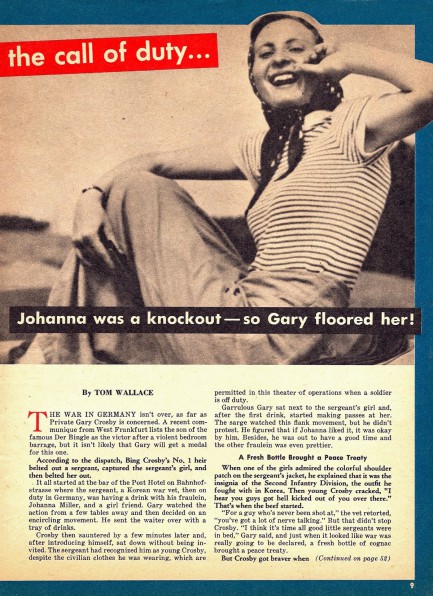 rap in his morals trial. LaMotta was serving time for bedding a 14-year-old. Prosecutors had convinced a jury that the incident with LaMotta was a primary cause of the girl later becoming a prostitute. Confidential rides to the rescue, claiming that the girl’s father had already deflowered her, therefore LaMotta could not have had any influence on the girl’s fate. How’s that for a principled stand?
rap in his morals trial. LaMotta was serving time for bedding a 14-year-old. Prosecutors had convinced a jury that the incident with LaMotta was a primary cause of the girl later becoming a prostitute. Confidential rides to the rescue, claiming that the girl’s father had already deflowered her, therefore LaMotta could not have had any influence on the girl’s fate. How’s that for a principled stand?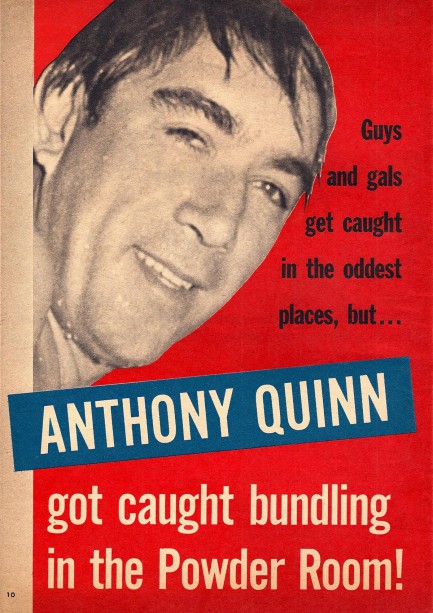
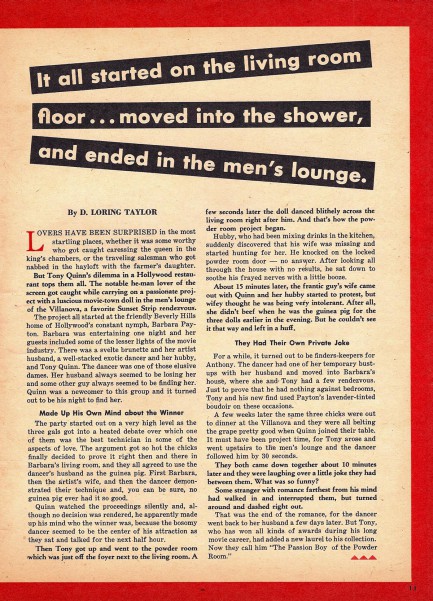
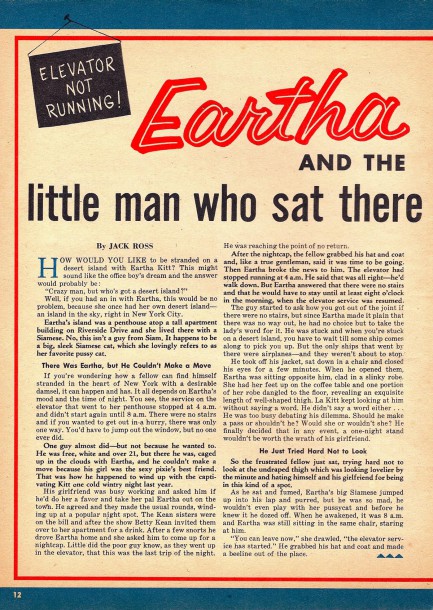
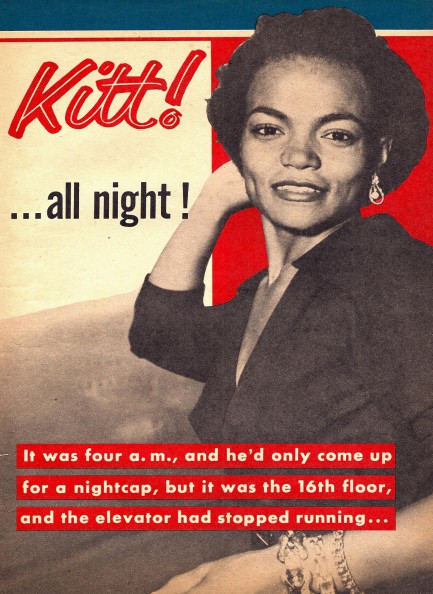
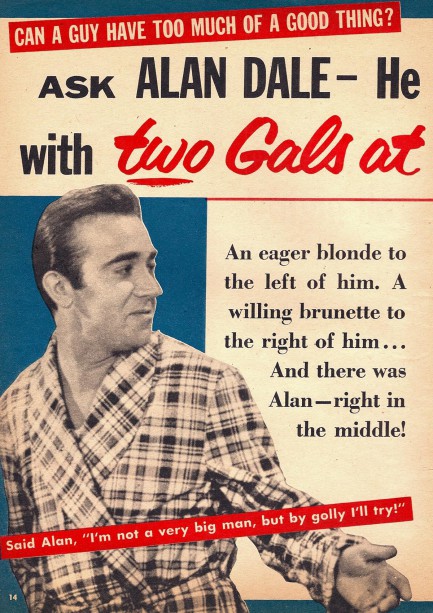
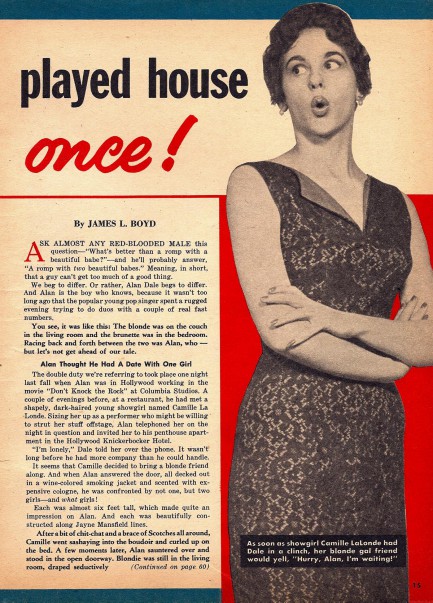

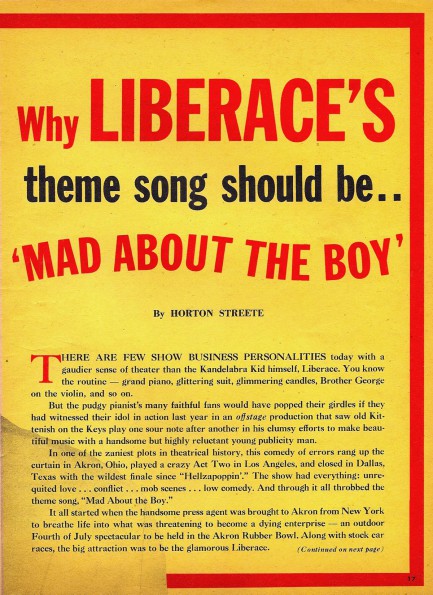
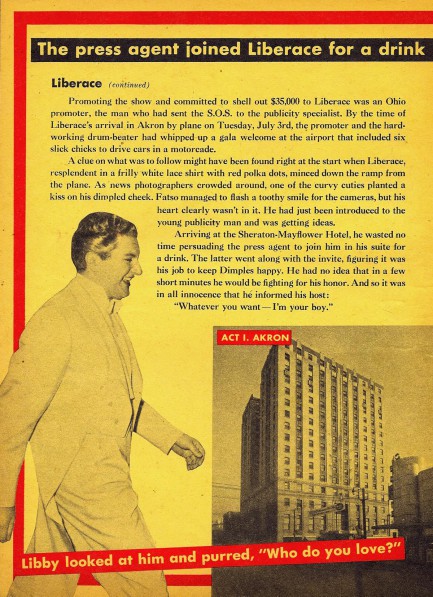
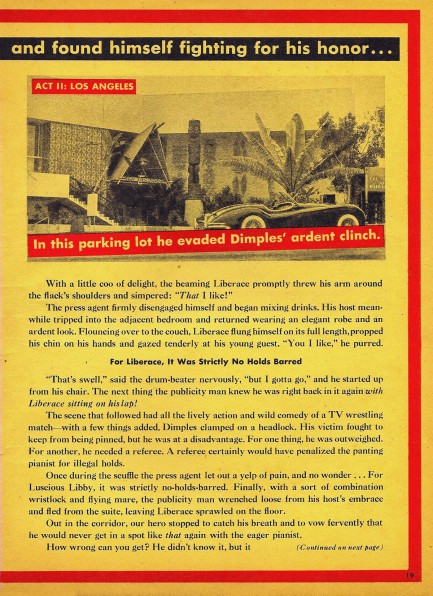
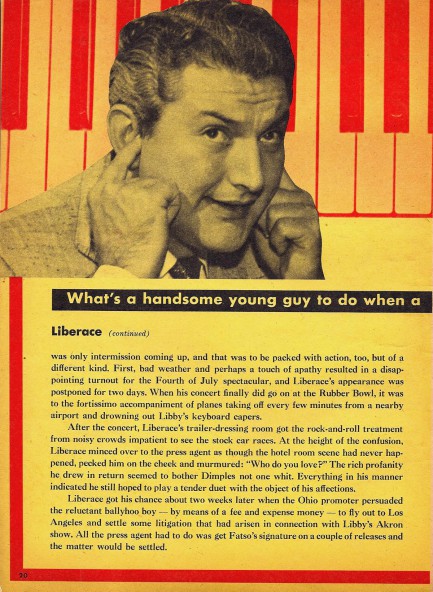
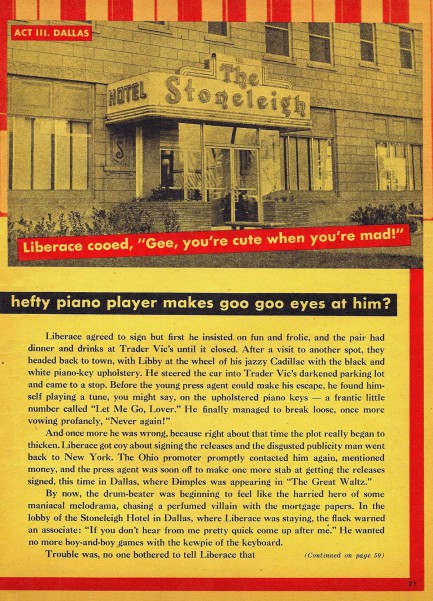
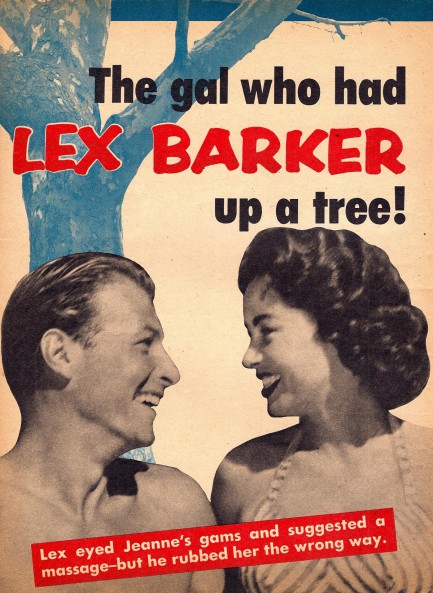
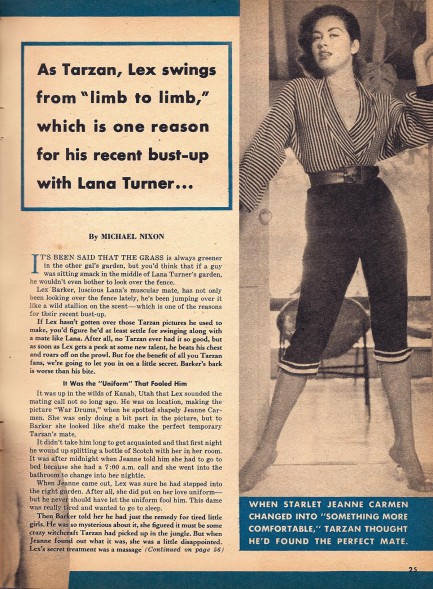
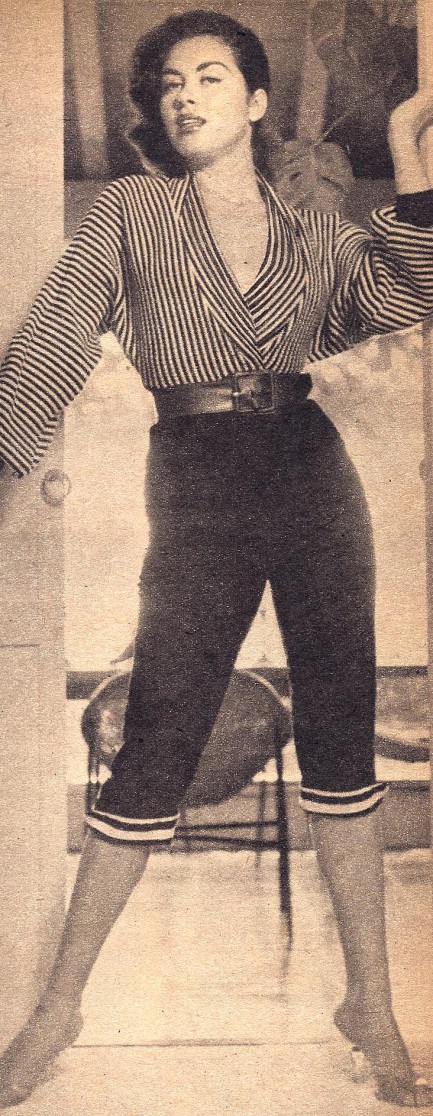
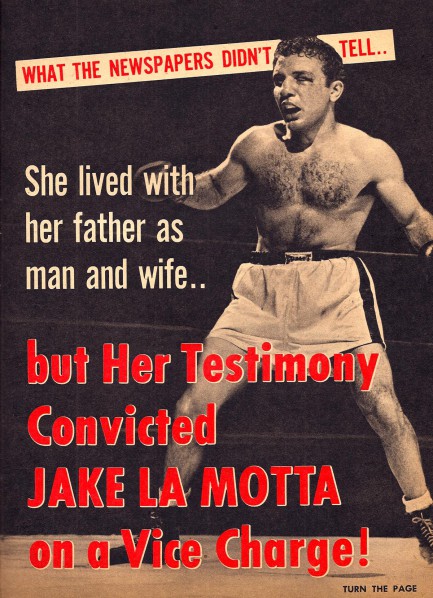
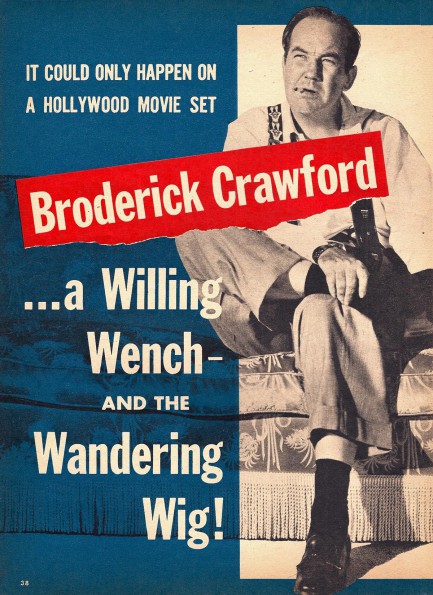
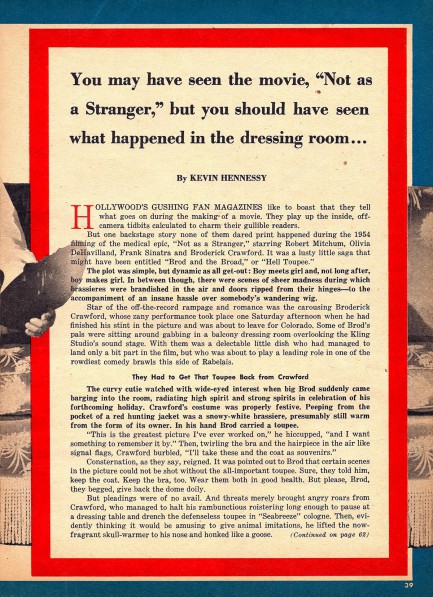
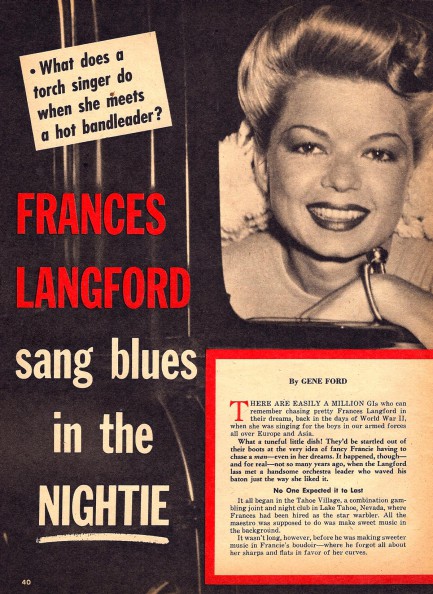
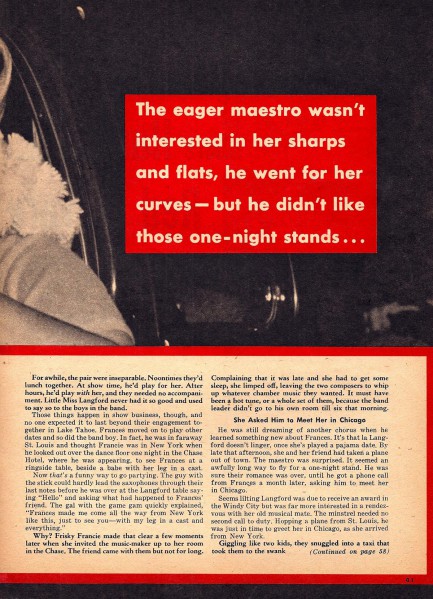
| Vintage Pulp | Jul 31 2011 |

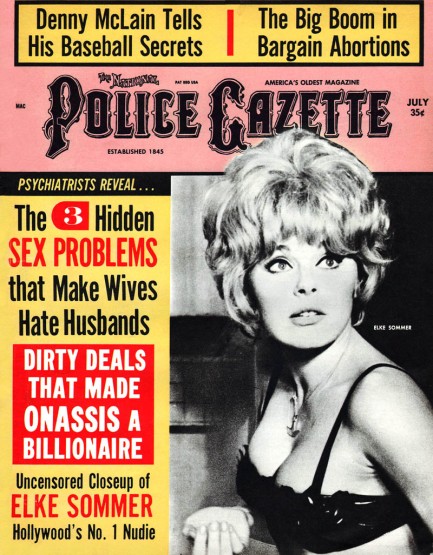
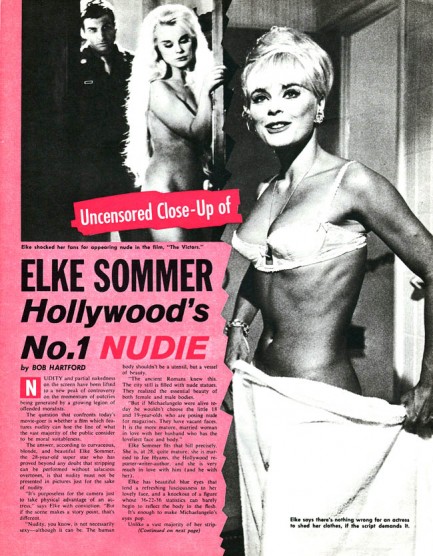
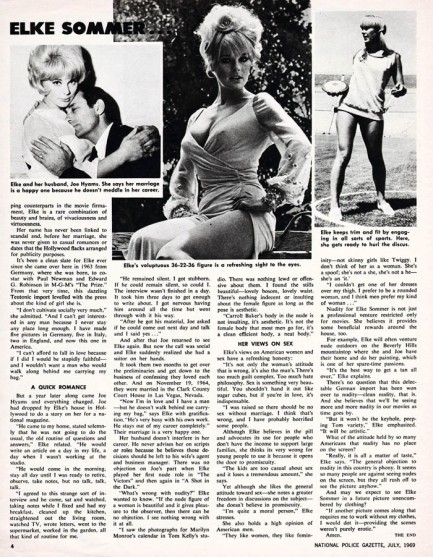
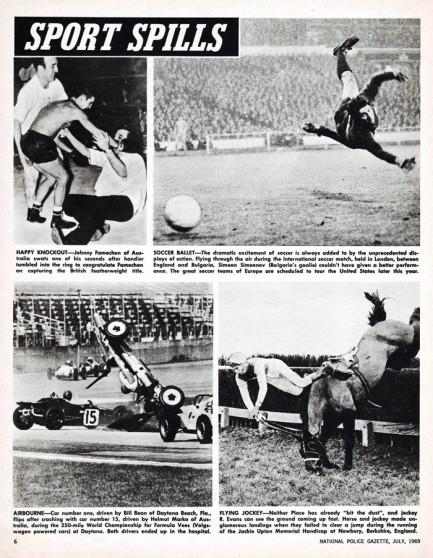
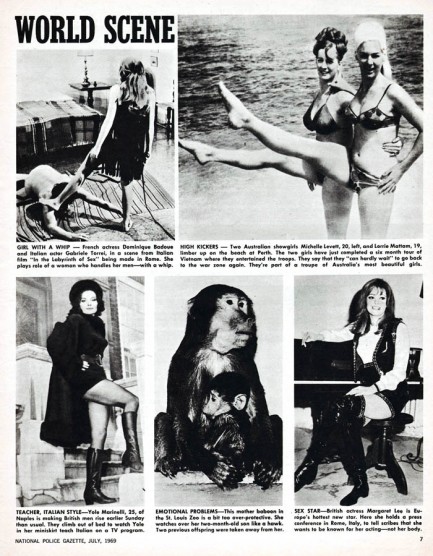

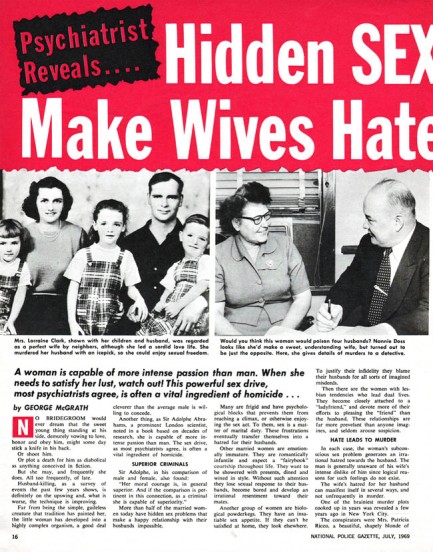
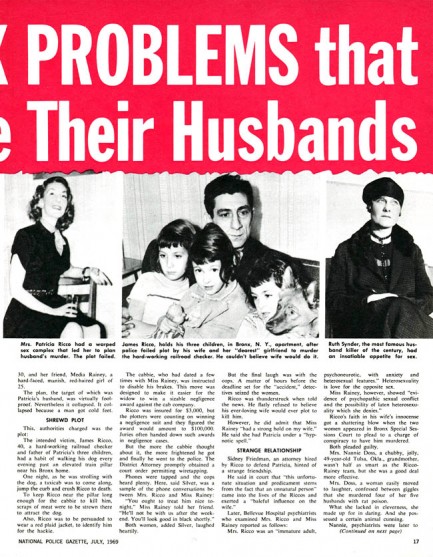
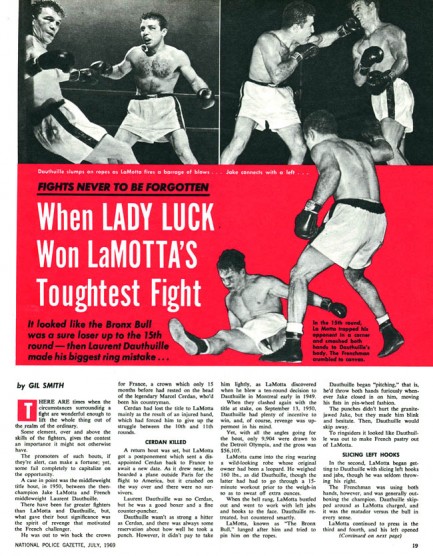
The above issue of the venerable National Police Gazette from July 1969 stars German bombshell Elke Sommer, who is described as “Hollywood’s No.1 Nudie.” In the interview, Sommer reveals that when she paints on a hilltop outside her Beverly Hills house she does so naked. The reason? "It's the best way to get a tan all over." She also states that she thinks film nudity is fine as long as it isn’t done for purely erotic purposes.
Very interesting, considering she had already posed—purely erotically in our opinion—for Playboy magazine, and would appear nude in men's magazines several more times. The photos in panel two (at top) are from Sommer's 1963 war drama The Victors, and as happened often in those days, even though she did not appear completely nude in the finished film, she performed the scenes that way. Which of course means the excised frames ended up in various people's pockets, and soon became public. Whether this was an accident or a publicity technique is impossible to say, but we suspect the latter.
In any case, it's clear Gazette editors had an uncensored shot. Back then they had to cover Sommer's naughty bits, but we don't, and you can see the uncovered version, along with another image from the same scene, just below. Elsewhere in this issue you get Aristotle Onassis, Jake LaMotta, Denny McLain, the hidden sex problems of American husbands, and more.